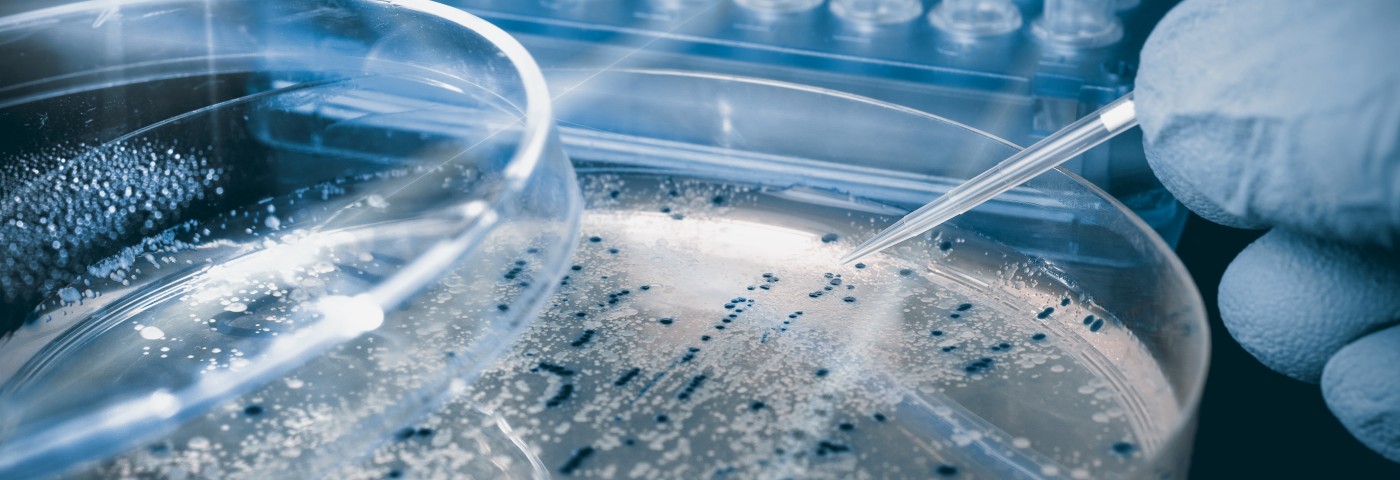Two tiny molecules created by researchers using carbon nanodots as scaffolds found that the nanodots increase antimicrobial efficacy, and the molecules make existing antibiotics more effective, even against such resistant pathogens as Klebsiella pneumoniae, a bacteria that causes pneumonia.
The research article, by scientists at Winston-Salem State University and the Universiti Malaysia Sarawak, is titled “Carbon nanodots as molecular scaffolds for development of antimicrobial agents,” and published in Bioorganic and Medicinal Chemistry Letters.
Carbon nanodots (CNDs) are small particles of carbon that have many uses, including in imaging, sensing, and drug delivery. As they are easy to make from starch and are non-toxic, they can be widely applied in medicine.
The researchers explored how well carbon nanodots worked as scaffolds to build antimicrobial materials by adding them to compounds called polycationic dendrimers, which are known to have antimicrobial properties.
Specifically, the team combined carbon nanodots with small and flexible dendritic poly(amidoamines), called PAMAM, to make better and more efficient antimicrobials. The experiments resulted in two different molecules, CND-PAM1 and CND-PAM2.
Researchers then tested both molecules, and found they were effective at killing Escherichia coli and Staphylococcus aureus at very low concentrations. They also tested the molecules against bacteria similar to E.coli, and also observed antimicrobial activity against K. pneumonia, Pseudomonas aeruginosa and Acinetobacter baumannii. In the case of K. pneumonia, the molecules were four times more effective in killing its antibiotic-resistant strain than its normal strain.
“Our study shows that carbon nanodots can serve as a molecular scaffold for building antimicrobial materials; it’s exciting because carbon nanodots are relatively easy and cheap to make, they’re non-toxic and soluble in water,” the study’s lead author, Dr. Maria Ngu-Schwemlein, said in a news release. “We hope our research will lead to more effective antibiotics, and also that it will inspire other researchers to use carbon nanodots as scaffolding for a variety of applications.”
Bacterial resistance to antimicrobial agents like antibiotics is an increasing problem and serious public health threat. According to the Centers for Disease Control and Prevention, each year, in the U.S., about 2 million people become infected with bacteria that are resistant to existing antibiotics and at least 23,000 people die in result of these infections.


